A Guide to Gas Blending System Operation and Maintenance
Gas blending systems are a crucial component in various industries that require precise gas mixtures for their operations. Whether they're used in manufacturing, food processing, or healthcare, understanding the proper operation and maintenance of these systems is essential to ensure safety and efficiency. This guide aims to provide an overview of how gas blending systems work and the key maintenance practices that should be regularly performed to keep them in optimal condition.
Ensuring Gas Ratio Accuracy
Operating a gas blending system begins with understanding the specific gases involved and their ratios in the mixture. The accuracy of the blend is vital, as any discrepancies can lead to inefficient processes or even hazardous conditions. For industries like food and beverage, where gas mixtures play a role in preservation and flavor enhancement, precision can make a significant difference in product quality and safety. Therefore, operators need to be well-trained and familiar with the components of the gas blending system, including flow meters, pressure regulators, and mixing valves.
Performing Regular Machine Maintenance
Maintenance of gas blending systems is equally critical, as even minor malfunctions can disrupt operations. Routine checks should include inspecting seals and connections for leaks, calibrating equipment to ensure measurement accuracy, and replacing any worn-out components. According to LPGas Magazine, propane—another gas often blended in such systems—is utilized as a primary fuel source in only 4.2% of U.S. households. Despite this low percentage, its role in some industries and operations highlights the importance of maintaining gas blending systems that handle less common gases.
Maintaining Operational Safety
Safety must be a top priority when managing gas blending systems. Regular training sessions on the latest safety standards and emergency protocols can prevent accidents and harm to both people and property. Additionally, investing in modern technology like automated monitoring systems can enhance safety by providing real-time alerts and data analytics to predict potential issues before they escalate. By integrating advanced technology with best practices, operations can maintain high standards of safety and efficiency.
The proper operation and maintenance of gas blending systems are vital for ensuring safety and efficiency in various industries. Understanding the intricacies of the system, conducting regular maintenance, and prioritizing safety can prevent costly disruptions and enhance overall operational performance. As industries evolve, so too should the strategies for managing these essential systems, maintaining a focus on precision, safety, and technological innovation. If you're interested in a gas blending system, make sure to contact Utility Energy Systems today!

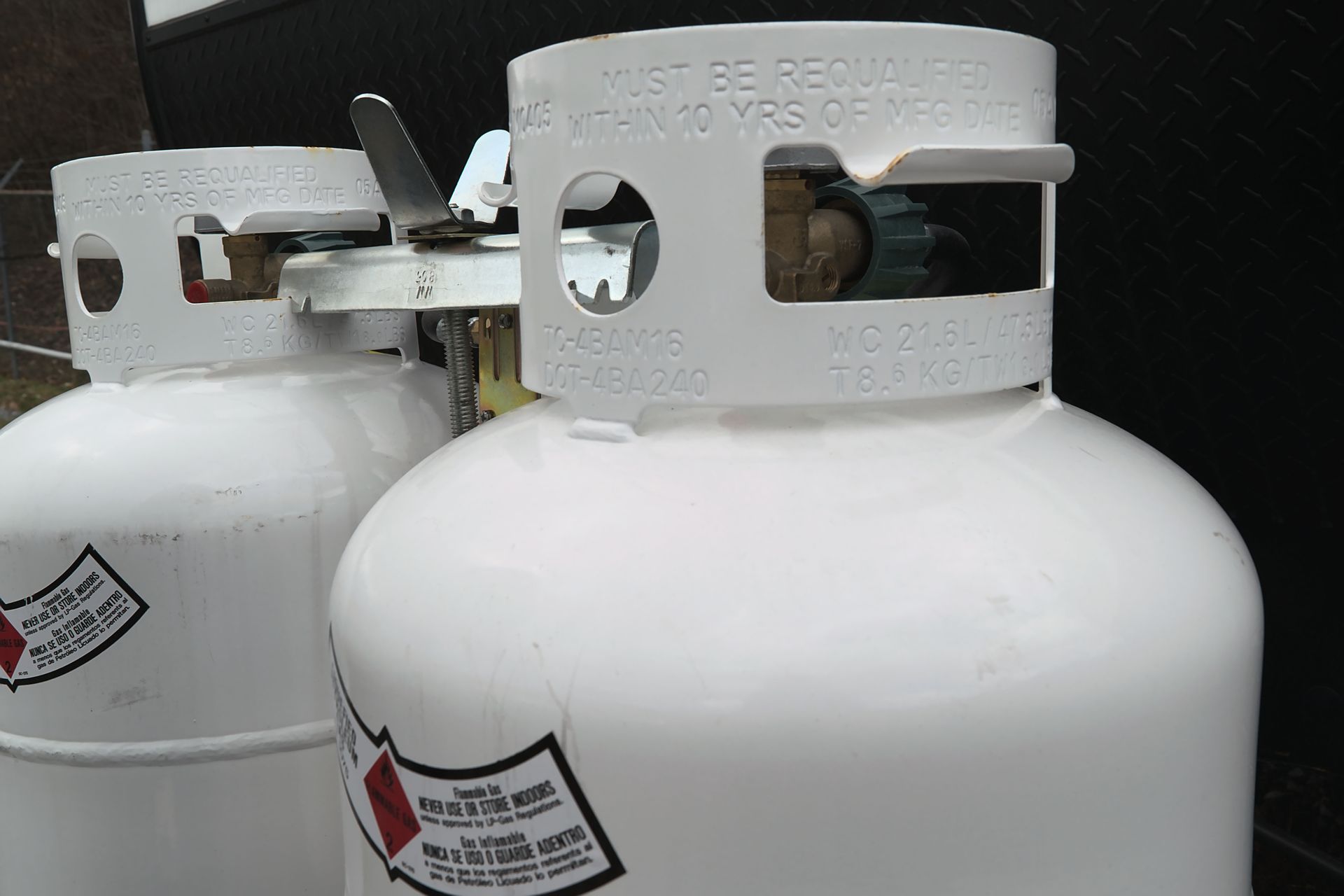
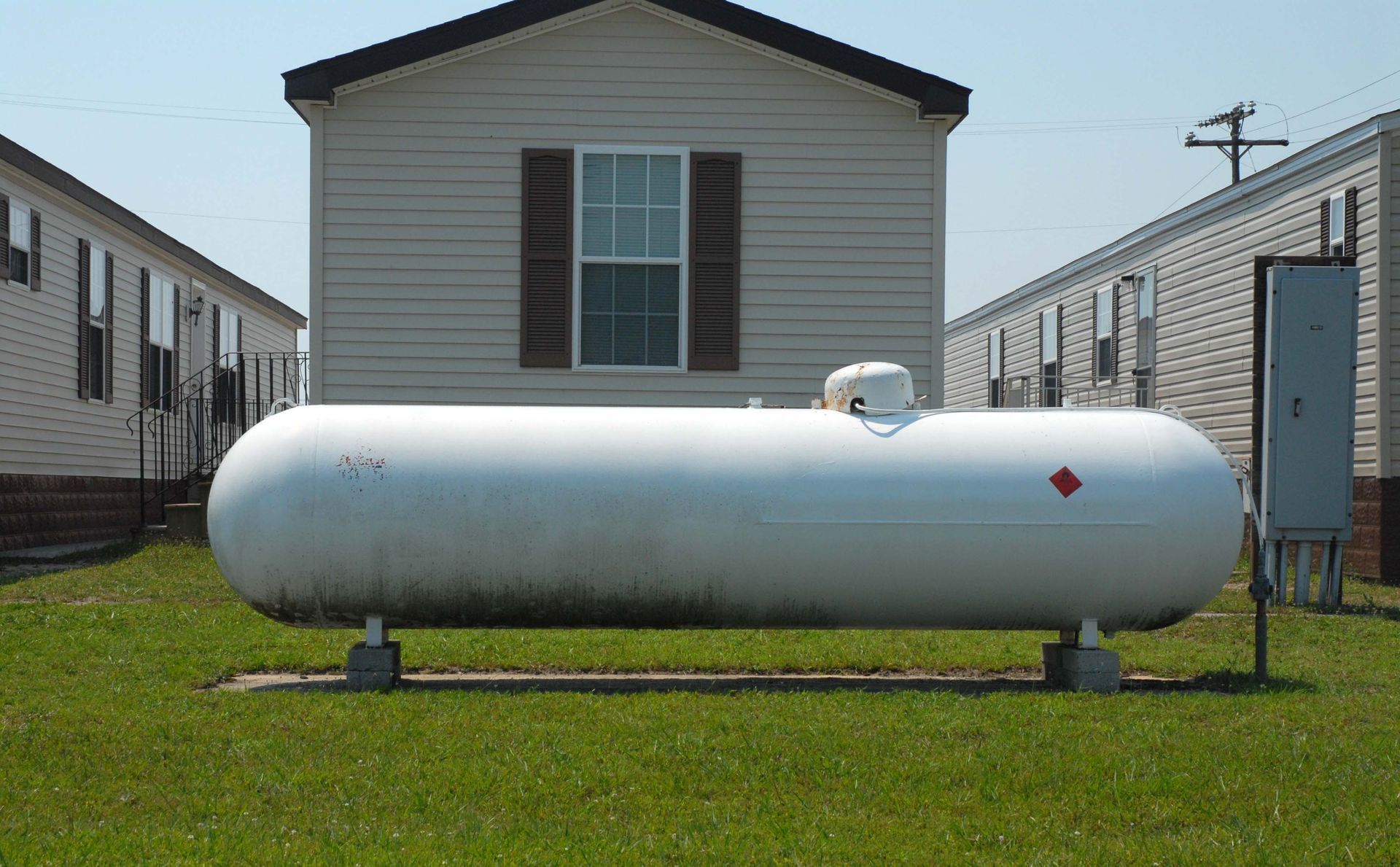
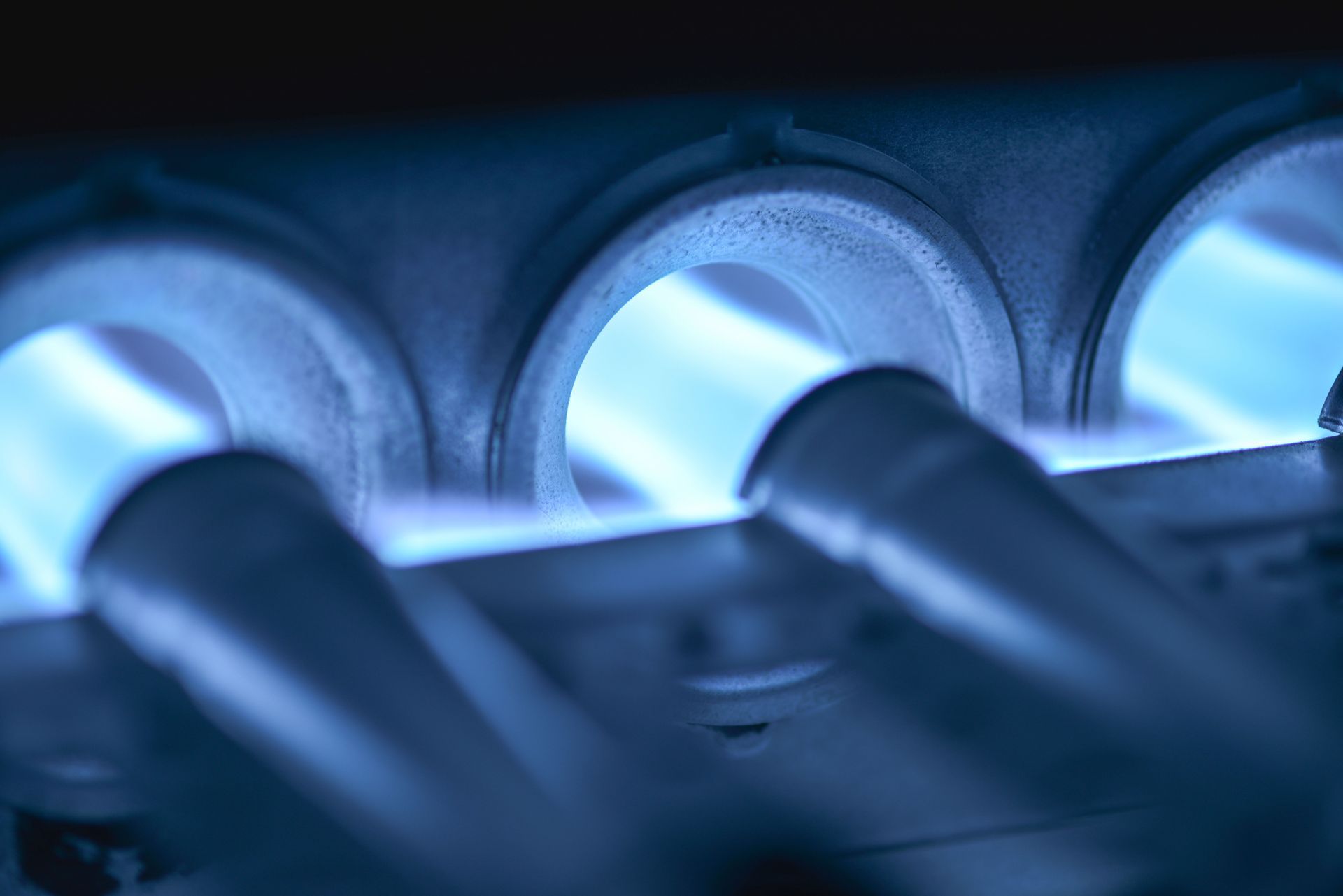
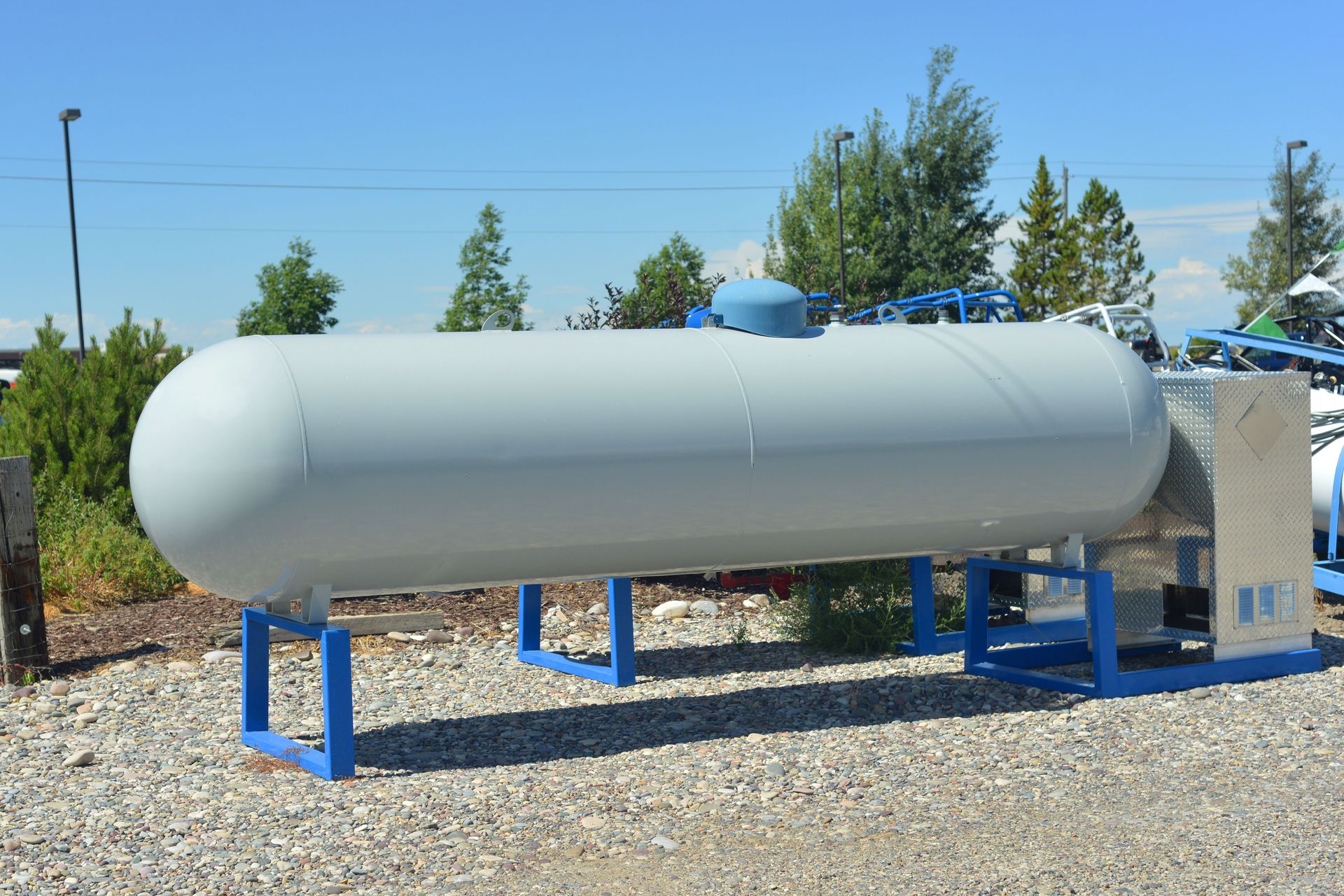
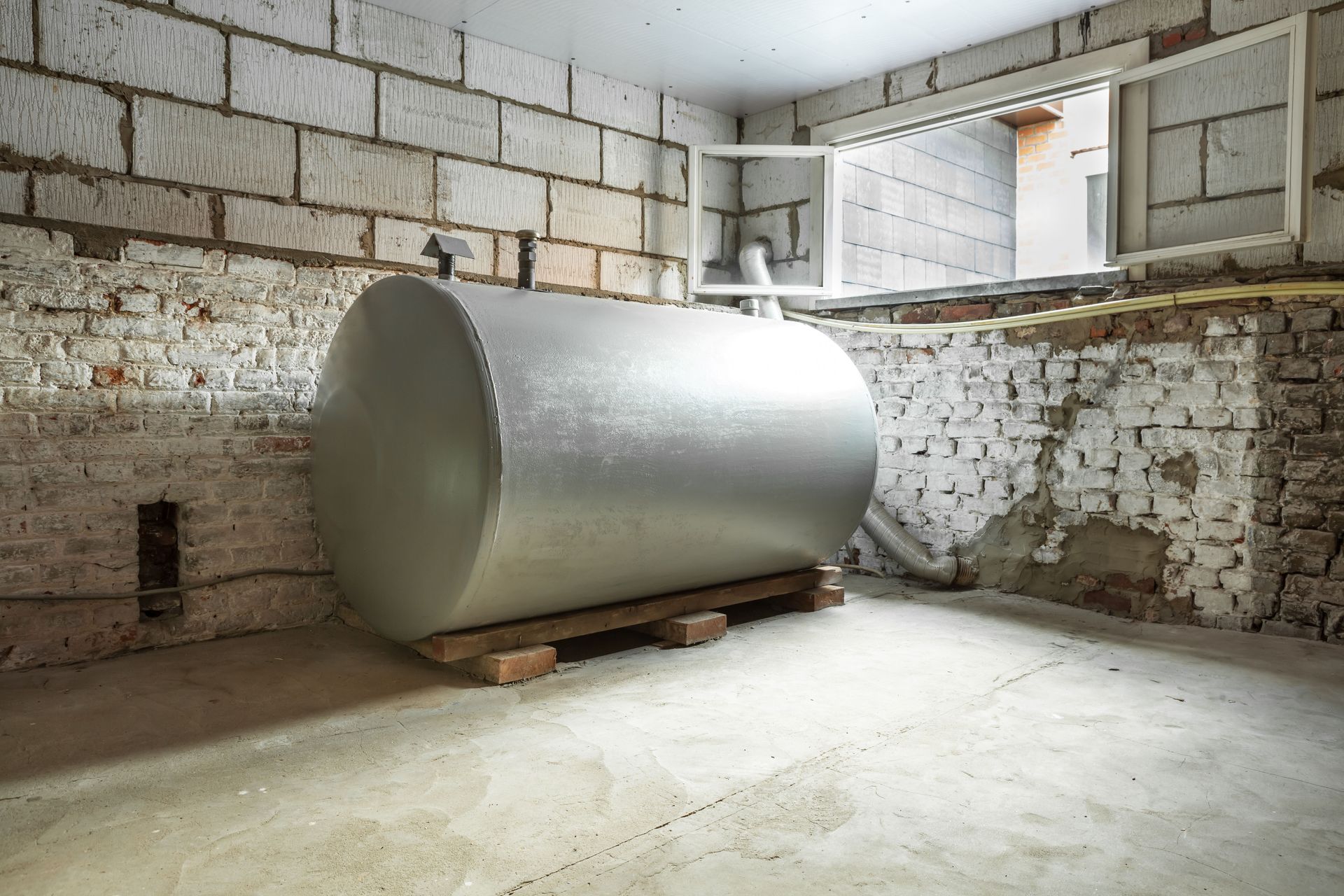
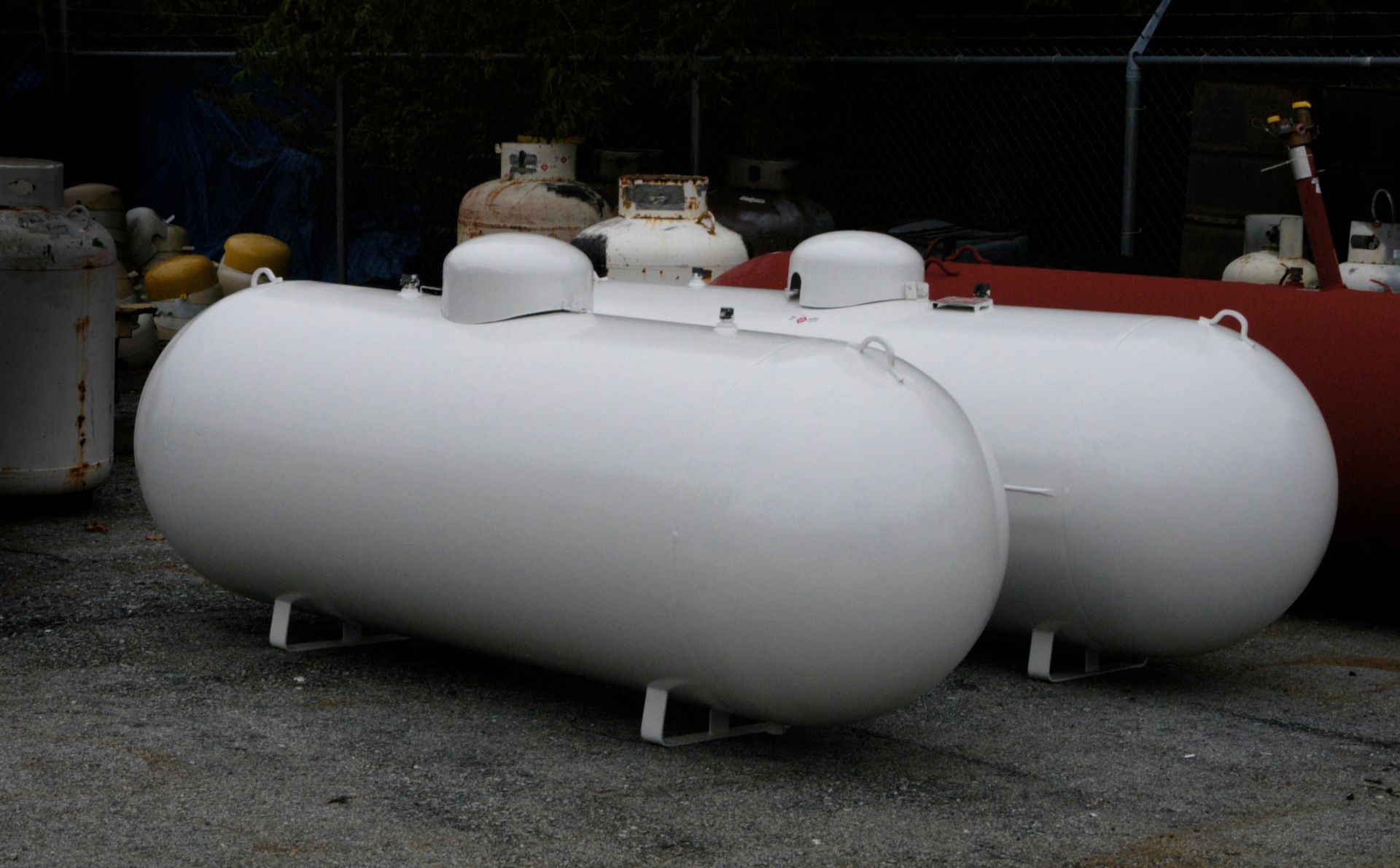
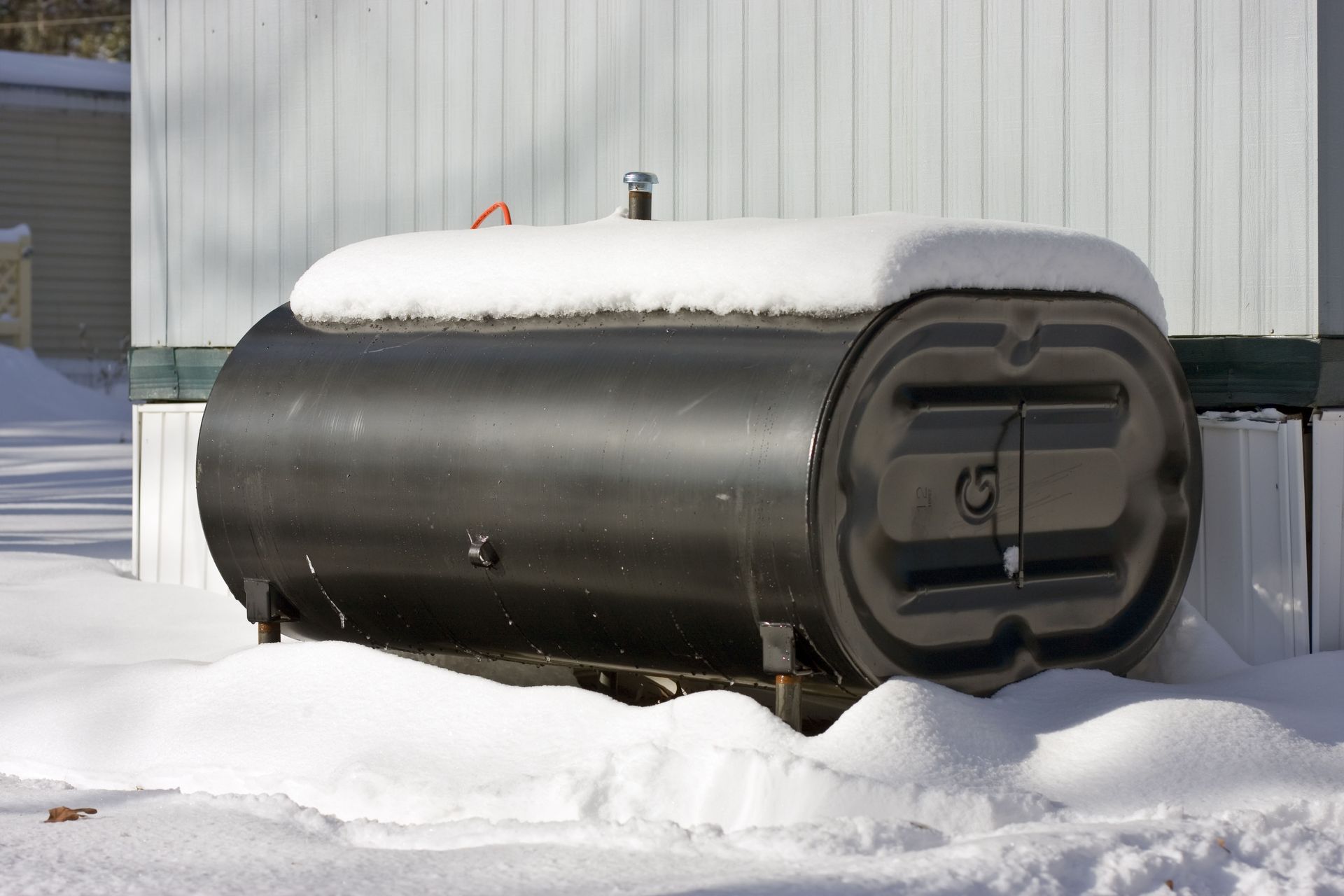
Share On: